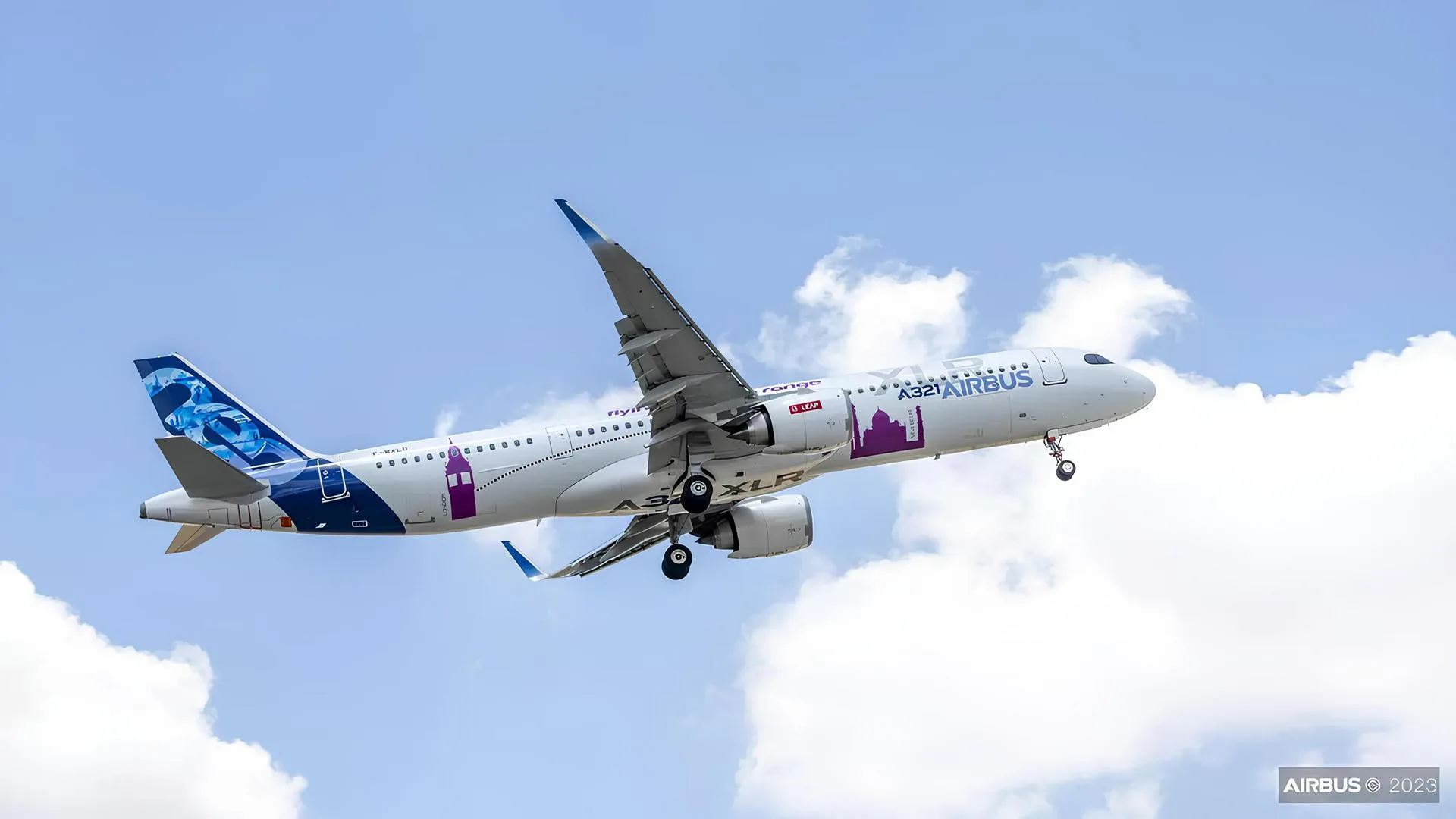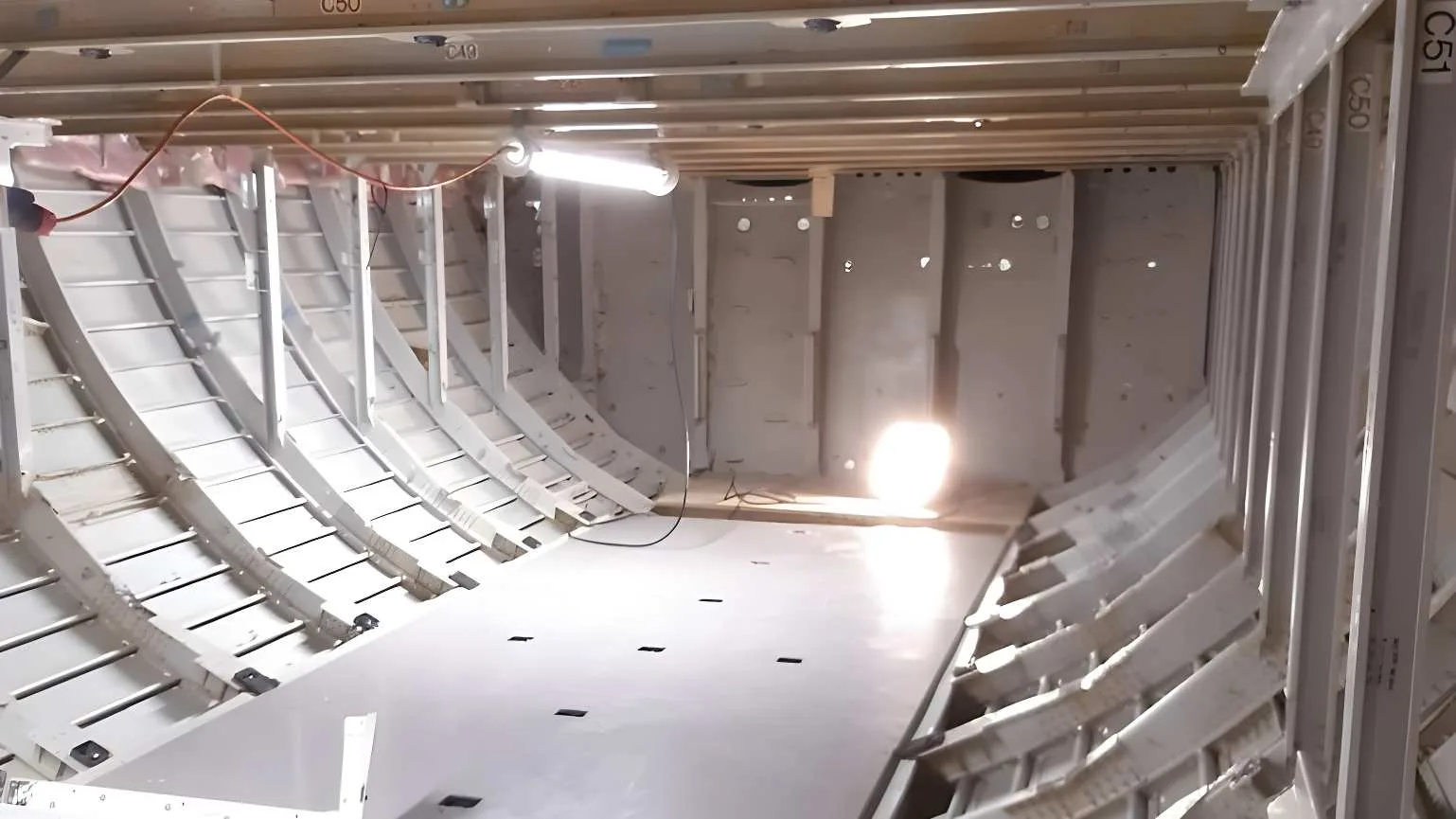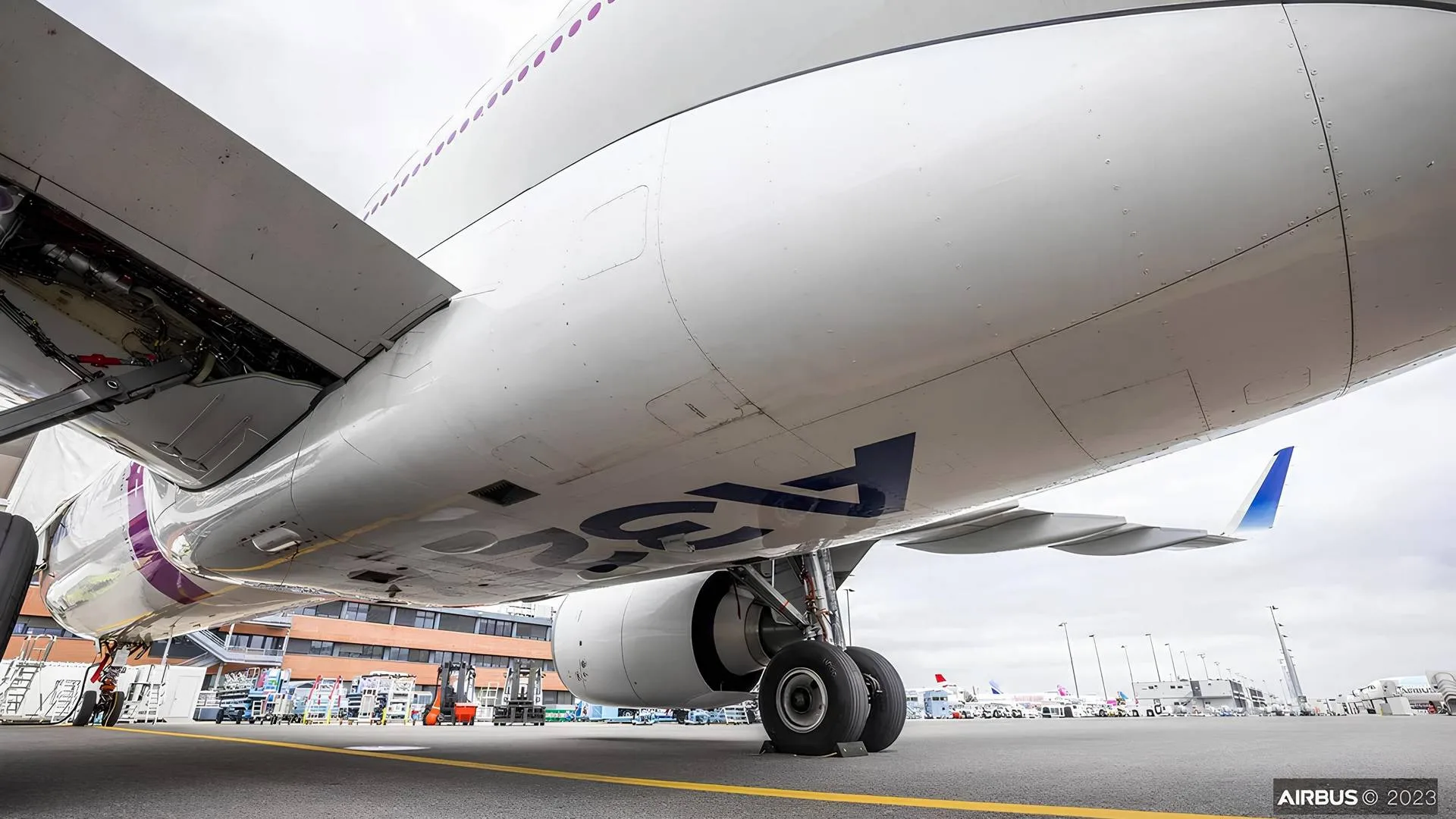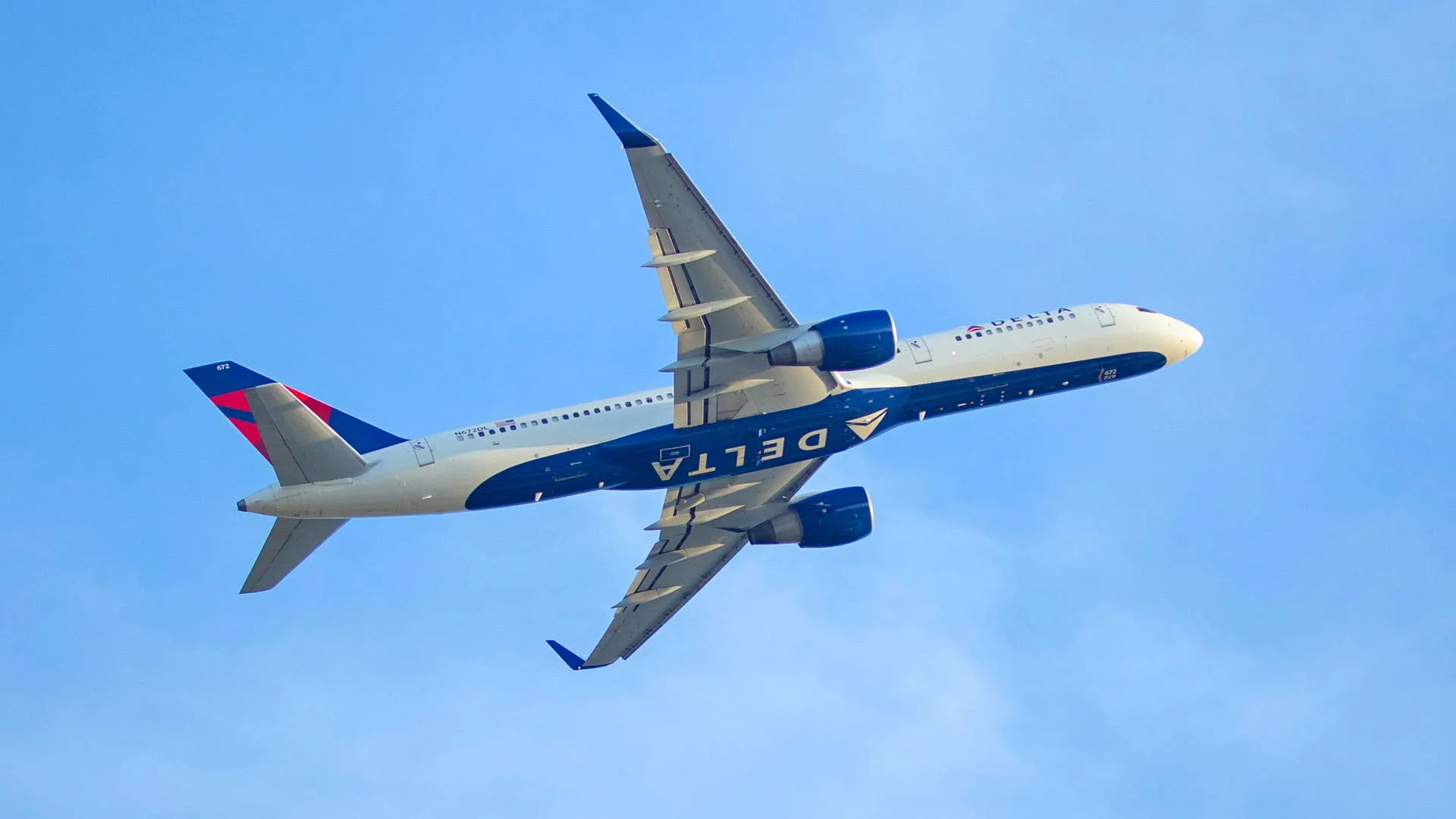Last week, Airbus announced that its A321XLR got its certification. Boeing has no answer to this jet, but this may be beside the point.
A number of industry observers expected Airbus to announce the certification of its A321XLR in Farnborough this week. The European manufacturer beat these predictions by a few days by making the announcement last Friday.

The first Airbus A321XLR subvariant to get certification is the one with CFM LEAP engines. Later in the year, another variant will get certified, wearing Pratt & Whitney’s geared turbofan engines.
The A321XLR is an “eXtra Long Range” version of the A321neo. Airbus already sells a long-range neo called the A321LR, which is designed to have multiple removable fuel tanks in the cargo bay. By contrast, the A321XLR features an integral fuel tank, which takes less space in the hold and weighs less.

Airbus A321XLR Certification – Delays and Boeing Reaction (or lack thereof)
The certification of this new fuel tank caused several delays, pushing back the Airbus A321XLR program by about half a year or so. Airbus had to enlarge and reinforce the fairing around and behind the main landing gear, to protect the new fuel tank in case of a gear-up landing.

From the outset, Boeing has been largely dismissive of the A321XLR as a threat to its lineup. Boeing’s management acknowledges that it doesn’t have an answer to this aircraft but views it as a “niche” offering.
The American manufacturer argues that few airlines will have use for a single-aisle aircraft with a 4,700-nautical mile range. But arguably, the main problem for Boeing isn’t the A321XLR; it’s actually the basic, “vanilla” A321neo.

Boeing’s 757 has now been out of production for nearly two decades. And for any airlines that need to replace their 757s, some flavor of the A321neo may be the closest modern equivalent currently on offer.
Boeing’s 737 MAX-10 has less range than the base model A321neo. It also has a slightly lower seat capacity than the Airbus. And unlike the Airbus A321neo (and now the A321XLR), the Boeing jet doesn’t yet have its certification.

Missing the Mark?
More worryingly for Boeing, the market for single-aisle airliners with 200+ seats looks bigger than its previous predictions. Airbus recently announced its results for the first six months of 2024. And as Leeham News pointed out, 93% of its A320 family orders are for A321neo variants.
Boeing’s “bread and butter” 737NG variant was the 737-800. Its 737 MAX-8 is the current favorite, with 189 seats (in all-economy). That’s marginally more than the Airbus A320neo (180-ish seats in all-economy). The MAX-10 would have 230 seats in the same layout, while the Airbus A321neo can sit 240. That’s the same as an old 757-200.

It is difficult to see how Boeing could respond to this. The certification of the Airbus A321XLR got most of the news, with several production aircraft already in flight testing. In the aftermath of the MAX crashes, Boeing canceled plans for a mid-sized (or mid-market) airplane.
That aircraft may or may not have been a single-aisle design, but it would have replaced both the 737 and the 757. So, given Boeing’s ongoing woes, how quickly could the company launch an aircraft design that sits between the 737 and the 787?
Source
The post Airbus A321XLR Certification: Game-Changer Or Distraction? appeared first on Mentour Pilot.


